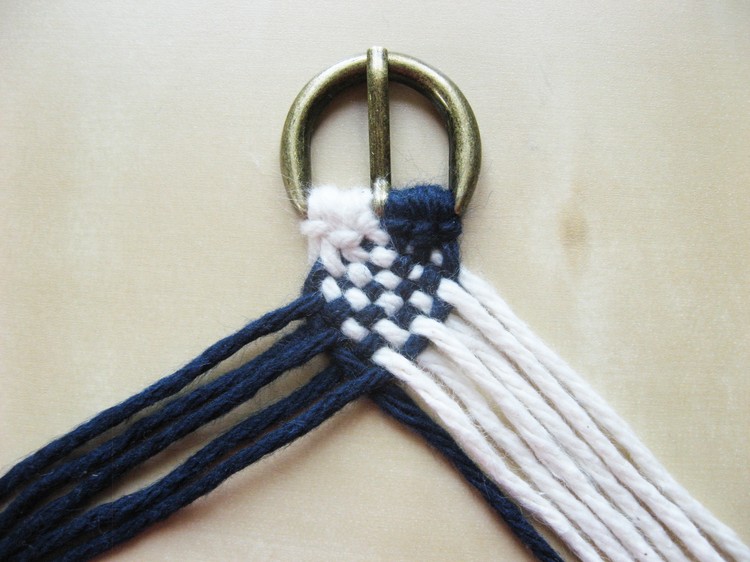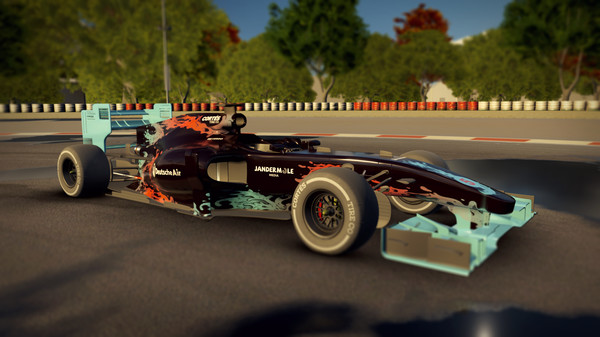Make A Rope Belt

But we are also encouraged by the stories of our readers finding help through our site. During these challenging times, we guarantee we will work tirelessly to support you. We will continue to give you accurate and timely information throughout the crisis, and we will deliver on our mission — to help everyone in the world learn how to do anything — no matter what. Thank you to our community and to all of our readers who are working to aid others in this time of crisis, and to all of those who are making personal sacrifices for the good of their communities. We will get through this together.Sincerely,Elizabeth DouglasCEO, wikiHow.
After I went thought the instructable other users have made about paracord belts, I noticed that there was only one adjustable belt but unfortunately it had a clasp and tongue type buckle. I liked the the idea of a paracord belt but I wanted to be adjustable and I did not want a clasp and tongue type buckle since I am not a fan. My belt will be made in a 14 strand flat braid using separate 7 cords. I think as a survival belt this would be better suited since a single cord can be removed with a bit of effort but the belt will not fall apart and become un-usable.I have also seen a different design that uses 2 D-rings and a piece of webbing but I also decided against that design as well since its basically a webbing belt wrapped in paracord.For this instructable I will be using a buckle I made myself for a everyday webbing belt.I also made a instructable on how to make a No Weld Belt Buckle over here.The buckle is made to a design similar to the Soviet Military belt buckles. The buckle is made from stainless steel plate that had been polished and TIG welded together. The belt will be of such a design that you will be able to substitute my type of buckle to a different type for example a plastic clasp.I also had some trouble finding the right parts for my belt since the store I brought the clasps and D rings, only stocked clasp for thin webbing. All the buckle and clasp where cheap enough so I brought a sample of eachSo this is the parts list.- Paracord (Different colors if you feel happy)- Clasps, buckles and D-rings(See pictures)- Scissors- Lighter- G-clamp (optional)- Paperclips (optional)- Belt (optional but useful for sizing).

Wrapped Rope: This one is so simple, it takes less than 2 minutes to make. Take a chunky piece of white rope and secure one end with a cord end. Add a dab of hot glue and wrap your embroidery floss around an inch or two in the middle of the rope. Secure at the other end with a cord end and you’re done.
Like I said before that I will be using my own buckle but you can use a buckle of you own choosing. The concept and all the step will be the same so if you see my buckle all that you have to do is mental substitute my buckle for yours.The first step would be to cut the cord after all the parts had been collected, so technically it would be the second step.Like in my Paracord Guitar Strap and Paracord Gun Sling( and ) I would be using a flat braid, but my gun sling was a 6 strand flat braid and my guitar strap was a 10 strand flat braid. I originally wanted to do a 10 strand flat braid but ended up going to 12 and finally to a 14 strand flat braid.Using a belt of a piece to cord measure your waist to where you belt will naturally sit to hold up your pants and add about 20 cm of the lenth to the belt. This will be the extra lenth that will be adjustable. So measures down two times the length plus half that will go into the braiding. So if your belt is 1 meter long the cut cord should then be 2.5 meters long.I will be using each cord as 2 strand in my braid so there has to be 7 cords cut for my belt that will end up being a 14 strand flat braid.
If you made my Paracord Guitar Strap or Paracord Gun Sling this step will sound familiarThe first thing that has do be done before the braiding can begin is to loop all the cords thought the end of you clasp or in my case a D ring.To make the braiding easier, I fasten the flap to my desk with the g-clamp and started the braid(Optional).I also decided to add a smaller D ring about 20 cm into the braid about above a side pocket to where I can attach keys or a pocket knife. Once you are almost at the end of braiding, the next step would be to add my buckle or in your case the second half of your clasp. This is a bit tricky since buckle half to be worked past the upbraided end of the belt and the strands have got a tendency to unravel. Some of the plastic clasp got a type of adjustment end on the side so that the clasp can be used to tighten webbing, the paracord will be to thick for this do work so I will be using a different adjustment mechanism.My adjustment mechanism is a bit bigger webbing adjuster that fits on the middle and end of a webbing belt but it is made for thicker webbing as a plastic clasp.Once the buckle/clasp and adjuster is on the upbraided end just needs finishing off. It is up to you but I decided to add another D ring on the end so that the belt will hold up the unused end that can be adjuster.
There are three options D ring, shortened or just to finish it with a loose end.To finish it off with a loose end or a shortened end finish the braiding or cut some of the strands off so that there are about 6 cm left and start to word the strand back into the weave by following the strand that has to be work back.The D ring option is just as simple but you only need to add a D ring before you start to work it back into the braiding.Just a final thought. If you use much thinner cord with much more strands, the belt would be a lot flatter and easier to work with.
